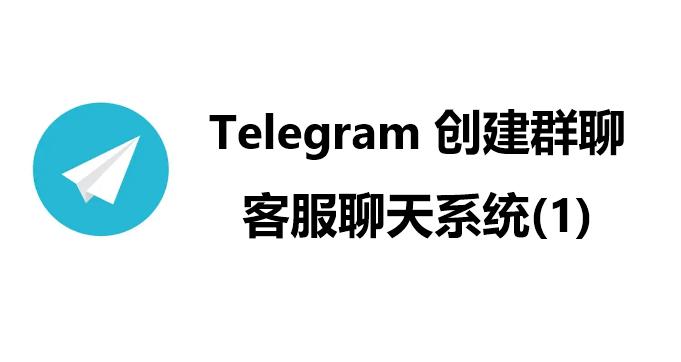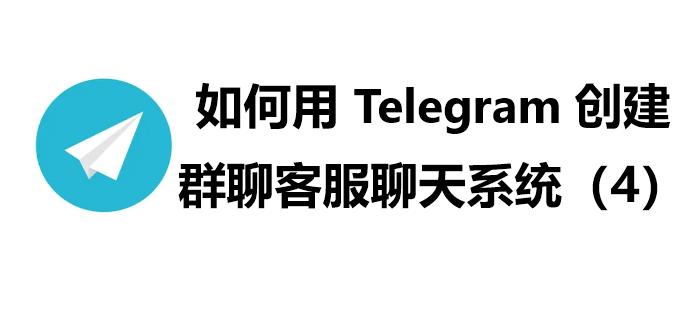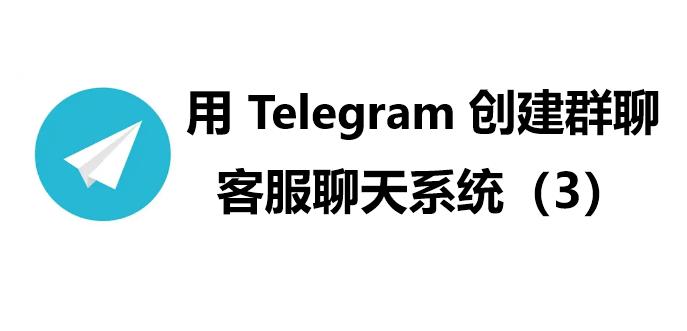第六篇:实现多客服系统与任务分配
在前几篇中,我们已经实现了机器人将客户的提问转发到群聊,并支持客服通过群聊回复客户。本篇将进一步升级系统,支持多客服功能,并实现任务分配机制,让多个客服可以高效地协作处理客户问题。
推荐正在找工作的朋友们:
就业指导 或 面试指导 (不是机构)
公众号:Java直达Offer
微信:

多客服的核心挑战
任务分配:如何在多个客服之间合理分配客户问题,避免重复处理或遗漏。
客服状态管理:需要跟踪每个客服的在线/离线状态,确保问题不会分配给离线客服。
负载均衡:在客服数量较多的情况下,需要均匀分配客户问题,防止单个客服被过度占用。
1. 设计多客服任务分配机制
1.1 客服列表管理
首先,我们需要一个数据结构来管理所有客服的信息,包括:
客服的 Telegram 用户 ID。
客服的当前状态(在线/离线)。
客服当前处理的客户数。
可以使用一个 Map 存储客服状态:
1
2
3
4
5
6
7
8
9
10
11
12
13
14
15
16
17
18
19
20
21
22
23
24
25
26
27
28
29
30
31
32
33
34
35
36
37
38
39
40
41
42
43
| import java.util.*;
import java.util.concurrent.ConcurrentHashMap;
class CustomerService {
private Long userId;
private boolean isOnline;
private int currentLoad;
public CustomerService(Long userId, boolean isOnline, int currentLoad) {
this.userId = userId;
this.isOnline = isOnline;
this.currentLoad = currentLoad;
}
public Long getUserId() {
return userId;
}
public boolean isOnline() {
return isOnline;
}
public void setOnline(boolean online) {
isOnline = online;
}
public int getCurrentLoad() {
return currentLoad;
}
public void incrementLoad() {
this.currentLoad++;
}
public void decrementLoad() {
this.currentLoad--;
}
}
private final ConcurrentHashMap<Long, CustomerService> customerServiceList = new ConcurrentHashMap<>();
|
1.2 添加客服
机器人管理员可以通过发送命令 /add客服 来添加新的客服。
1
2
3
4
5
6
7
8
9
10
11
12
13
14
15
16
17
18
19
20
21
22
23
24
25
26
27
| @Override
public void onUpdateReceived(Update update) {
if (update.hasMessage() && update.getMessage().hasText()) {
String messageText = update.getMessage().getText();
Long chatId = update.getMessage().getChatId();
if (messageText.startsWith("/add客服")) {
Long newCustomerServiceId = extractUserIdFromCommand(messageText);
addCustomerService(newCustomerServiceId);
sendReplyToAdmin(chatId, "成功添加客服: " + newCustomerServiceId);
}
}
}
private Long extractUserIdFromCommand(String command) {
String[] parts = command.split(" ");
return Long.parseLong(parts[1]);
}
private void addCustomerService(Long userId) {
customerServiceList.put(userId, new CustomerService(userId, true, 0));
}
|
2. 实现任务分配逻辑
2.1 选择最优客服
在任务分配时,我们需要选择一个合适的客服。优先选择:
当前负载最小的在线客服。
如果存在多名客服负载相同,则随机选择一个。
实现代码如下:
1
2
3
4
5
6
7
8
| private Long allocateCustomerService() {
return customerServiceList.values().stream()
.filter(CustomerService::isOnline)
.min(Comparator.comparingInt(CustomerService::getCurrentLoad))
.map(CustomerService::getUserId)
.orElse(null);
}
|
2.2 转发问题到指定客服
当客户发送问题时,机器人会自动分配一个客服,并将问题转发给该客服。
1
2
3
4
5
6
7
8
9
10
11
12
13
14
15
16
17
18
19
20
21
22
23
24
25
26
27
28
29
30
31
32
| private void forwardToAllocatedCustomerService(Long customerChatId, String question) {
Long allocatedCustomerServiceId = allocateCustomerService();
if (allocatedCustomerServiceId != null) {
String message = "客户 ID: " + customerChatId + "\n问题: " + question;
sendMessageToCustomerService(allocatedCustomerServiceId, message);
customerServiceList.get(allocatedCustomerServiceId).incrementLoad();
customerQuestionMap.put(customerChatId, allocatedCustomerServiceId);
} else {
sendReplyToCustomer(customerChatId, "暂时没有在线客服,请稍后再试!");
}
}
private void sendMessageToCustomerService(Long customerServiceId, String message) {
SendMessage sendMessage = new SendMessage();
sendMessage.setChatId(customerServiceId);
sendMessage.setText(message);
try {
execute(sendMessage);
} catch (TelegramApiException e) {
e.printStackTrace();
}
}
|
3. 客服状态切换
客服可以通过命令 /上线 或 /离线 切换自己的状态。
1
2
3
4
5
6
7
8
9
10
11
12
13
14
15
16
17
18
19
20
21
22
23
24
25
26
27
| @Override
public void onUpdateReceived(Update update) {
if (update.hasMessage() && update.getMessage().hasText()) {
String messageText = update.getMessage().getText();
Long chatId = update.getMessage().getChatId();
if (messageText.equals("/上线")) {
setCustomerServiceOnline(chatId, true);
sendReplyToCustomerService(chatId, "您已上线,开始接收客户问题。");
}
if (messageText.equals("/离线")) {
setCustomerServiceOnline(chatId, false);
sendReplyToCustomerService(chatId, "您已离线,停止接收客户问题。");
}
}
}
private void setCustomerServiceOnline(Long userId, boolean isOnline) {
CustomerService customerService = customerServiceList.get(userId);
if (customerService != null) {
customerService.setOnline(isOnline);
}
}
|
4. 离线消息提醒
当客户发送消息时,如果分配的客服不在线,可以将问题存储为离线消息,并在客服上线时提醒。
1
2
3
4
5
6
7
8
9
10
11
12
13
|
private void notifyPendingMessages(Long customerServiceId) {
List<Long> pendingCustomers = customerQuestionMap.entrySet().stream()
.filter(entry -> Objects.equals(entry.getValue(), customerServiceId))
.map(Map.Entry::getKey)
.collect(Collectors.toList());
for (Long customerId : pendingCustomers) {
String message = "您有未处理的客户问题:客户 ID " + customerId;
sendMessageToCustomerService(customerServiceId, message);
}
}
|
下一步规划
我们已经实现了:
多客服管理。
客服任务分配和负载均衡。
客服上线/离线状态切换。
接下来,可以进一步扩展以下功能:
智能客服机器人:结合 AI 技术,为简单问题提供自动回复。
统计与报表:记录每个客服的工作量,生成报表分析。
在下一篇中,我们将探索如何将 AI 整合到客服系统中,打造更高效的智能化客服系统。敬请期待!








